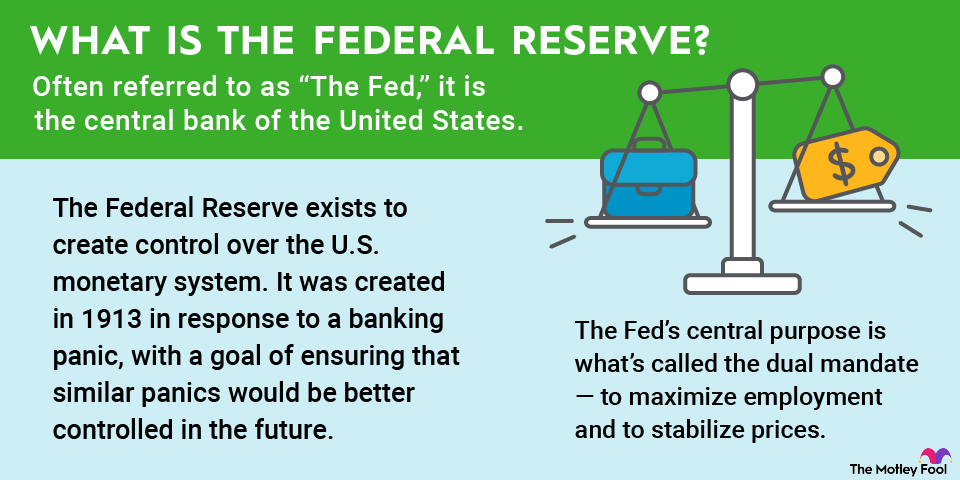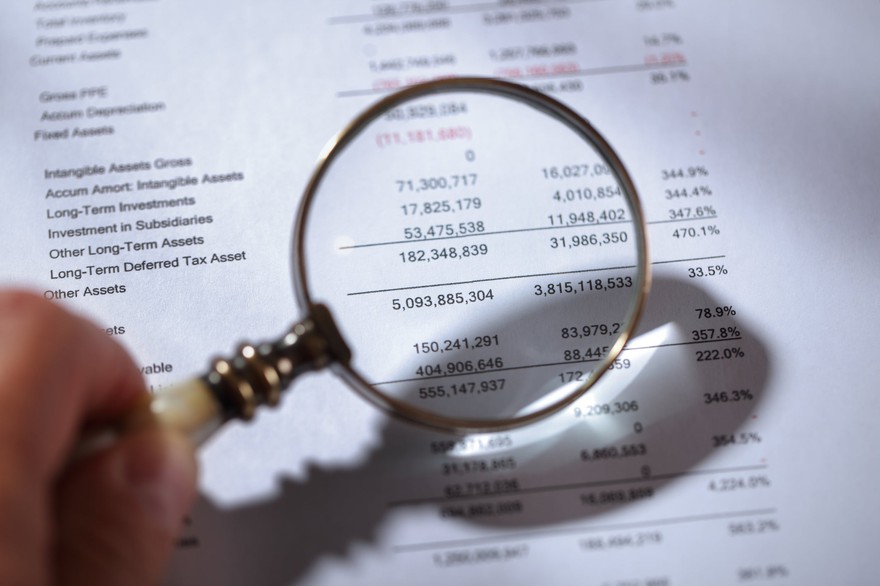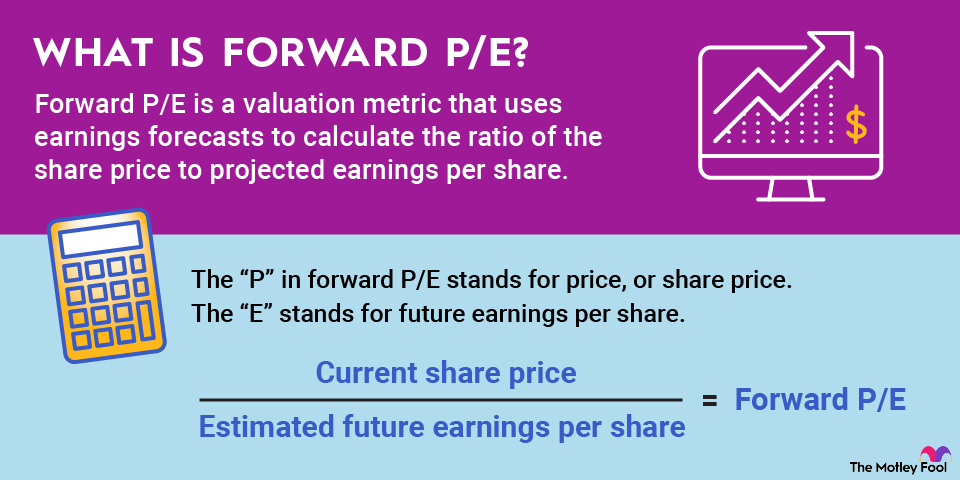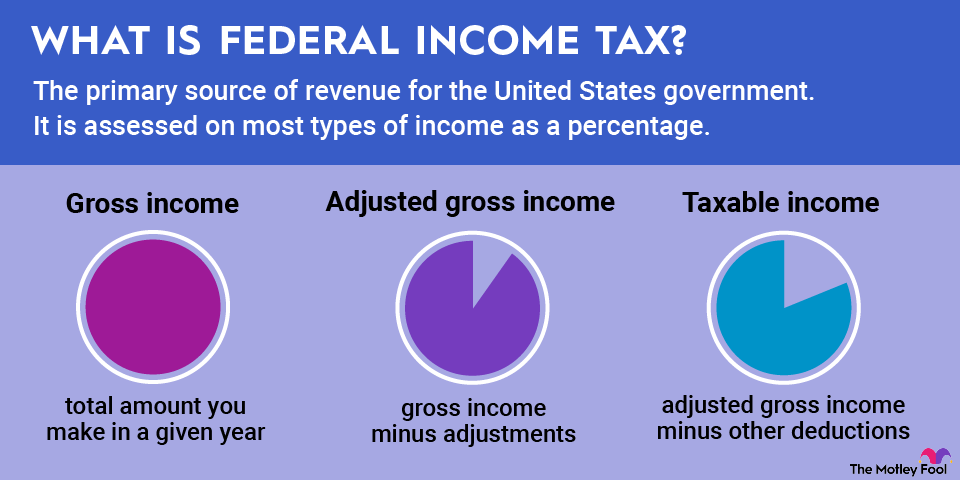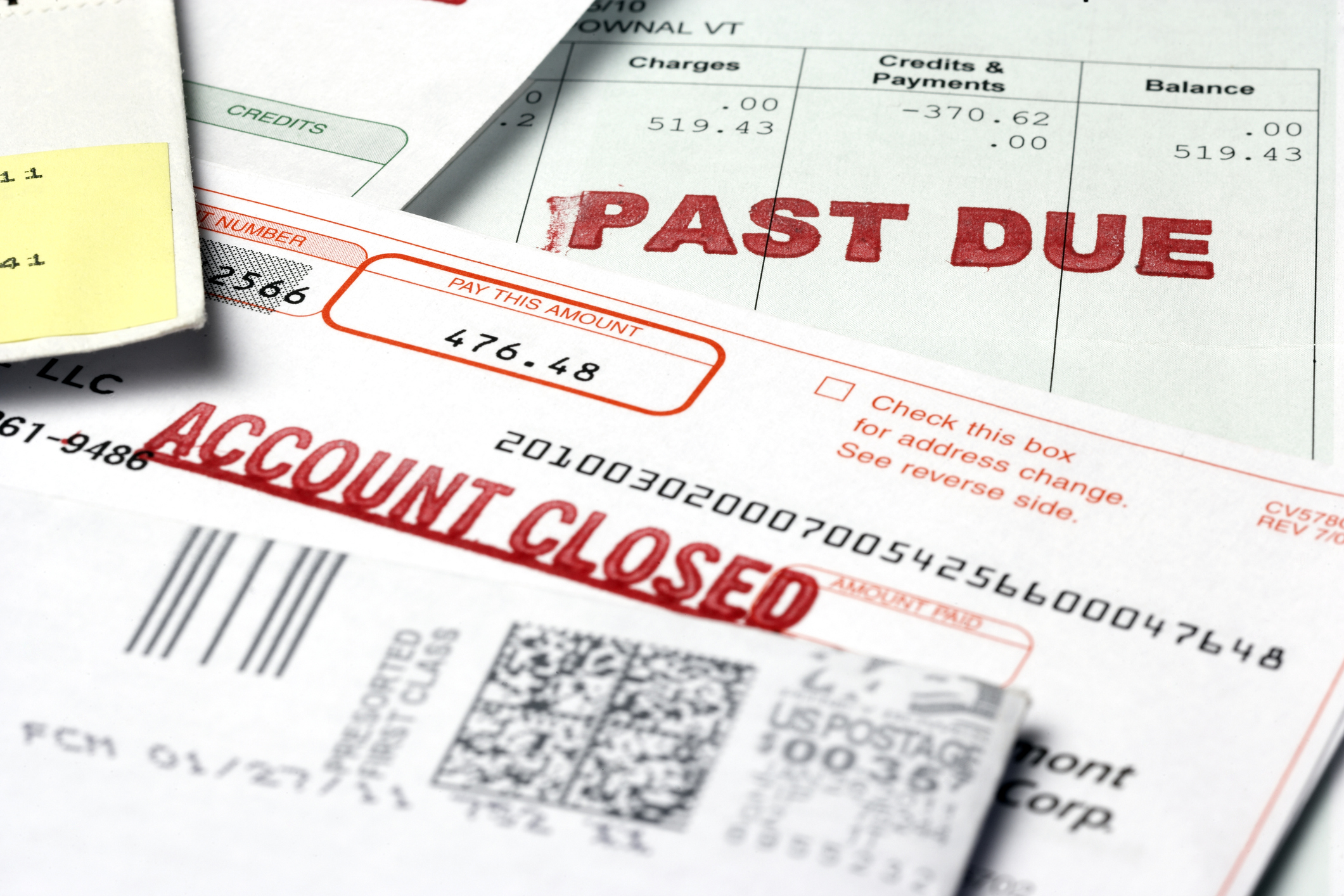When investing in the stock market, it can be difficult for investors to put all of their money to work or to invest in all of the stocks they want if they are only able to buy entire shares of stock. With many popular stocks trading for $500, $1,000, or more, some newer investors could struggle to afford a single share.
Fractional share investing has gained serious momentum in recent years and has solved some major pain points. Here's a rundown of what fractional shares are, why they're important, and how they work in the real world.
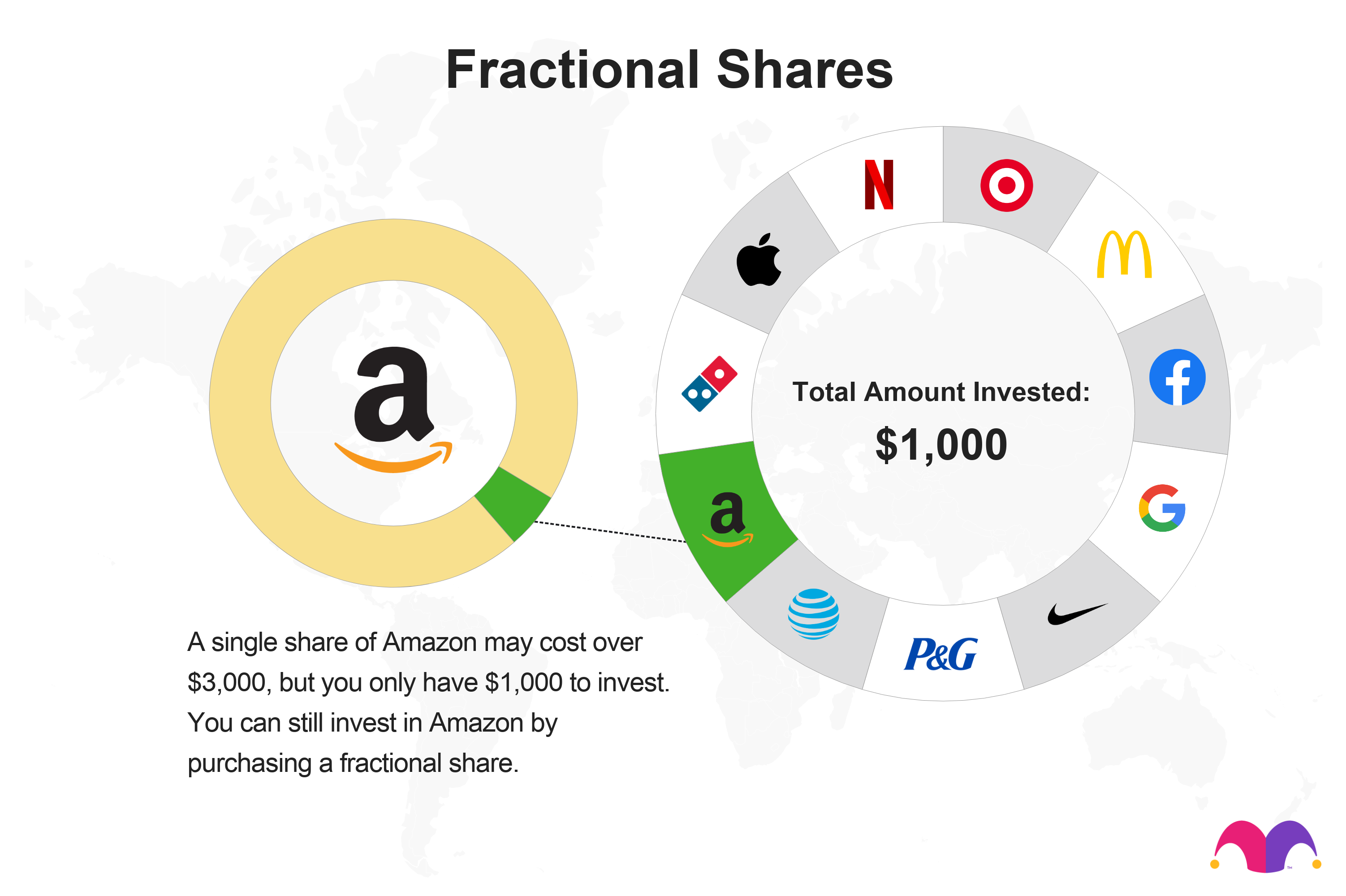
Related investing topics
Real-world example of fractional share investing
Let's say that I deposit $1,000 into my brokerage account and want to split it evenly among shares of Apple (AAPL +0.18%), Berkshire Hathaway, Amazon (AMZN +0.20%), and Tesla (TSLA +3.15%) to start my stock portfolio. We'll assume that the share prices of each of these companies, rounded to the nearest dollar, are:
- Apple: $220
- Berkshire Hathaway: $478
- Amazon.com: $173
- Tesla: $219
If I had a brokerage account that did not allow fractional share investing and I had $250 to invest into each, I would end up with one share each of Apple, Amazon, and Tesla, and I would have $388 in uninvested cash left in my brokerage account.
On the other hand, if my broker offered fractional shares, I could put all $1,000 of my money to work with 1.13 shares of Apple, 0.52 shares of Berkshire, 1.44 shares of Amazon, and 1.14 shares of Tesla. Not only would I be able to invest 100% of my money, but I'd have equal-sized positions in all four companies.


